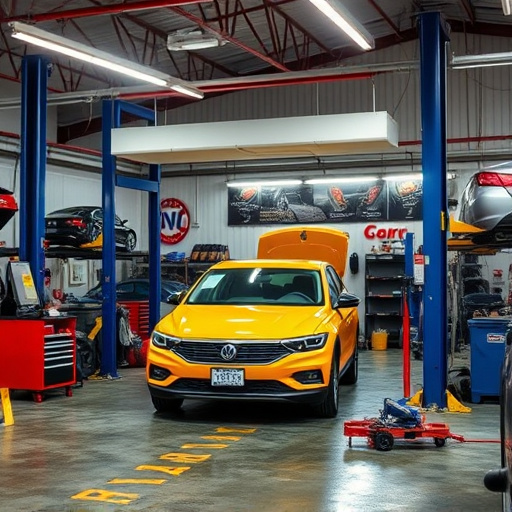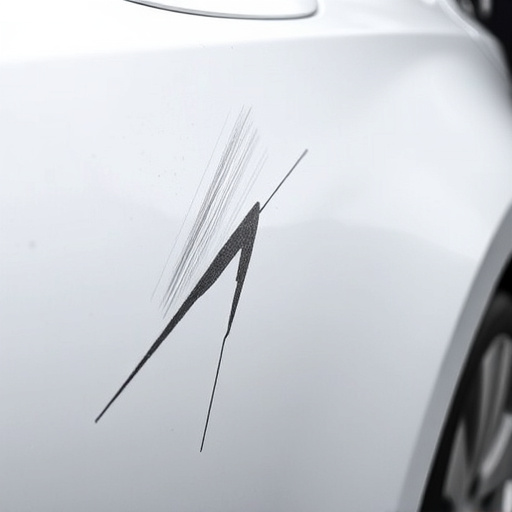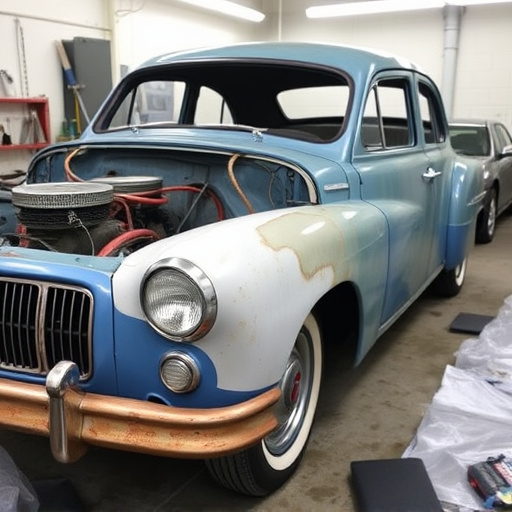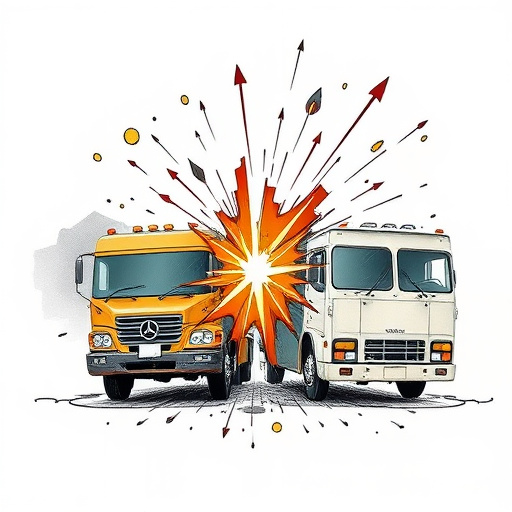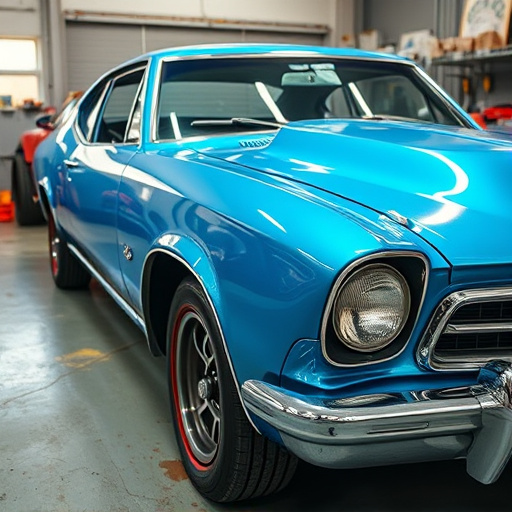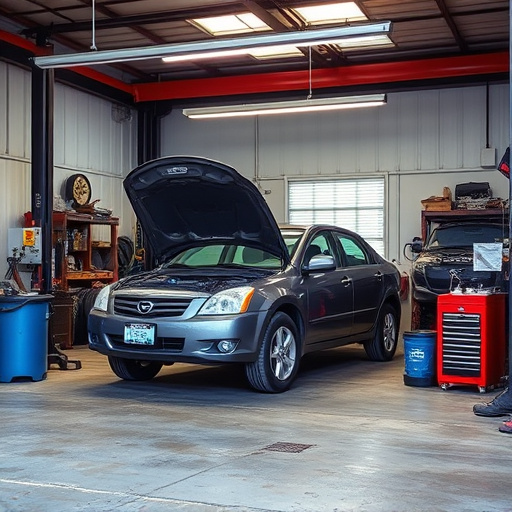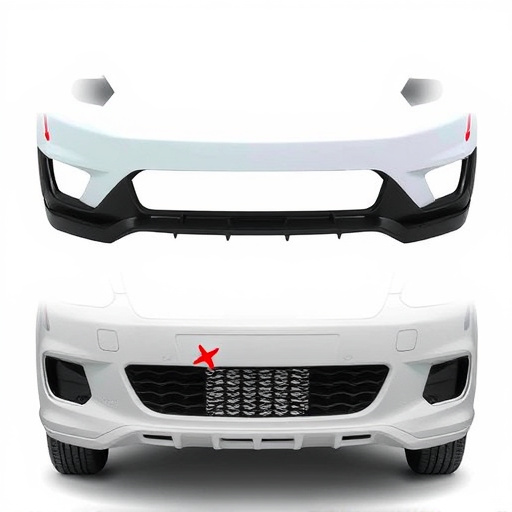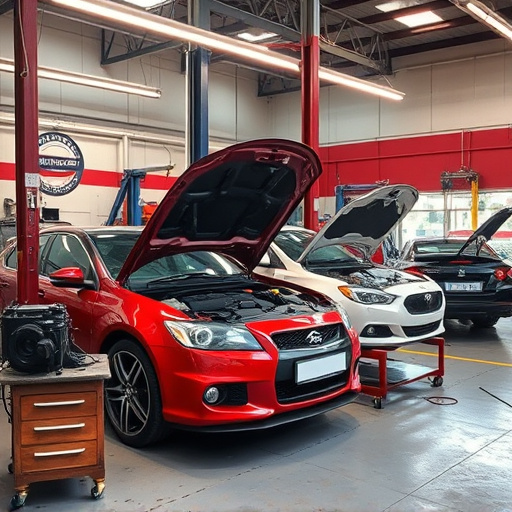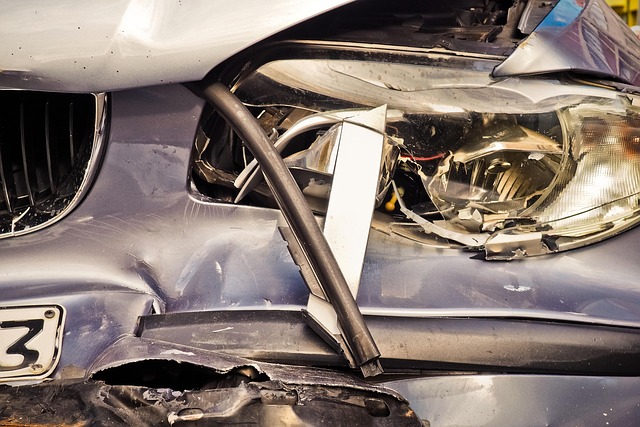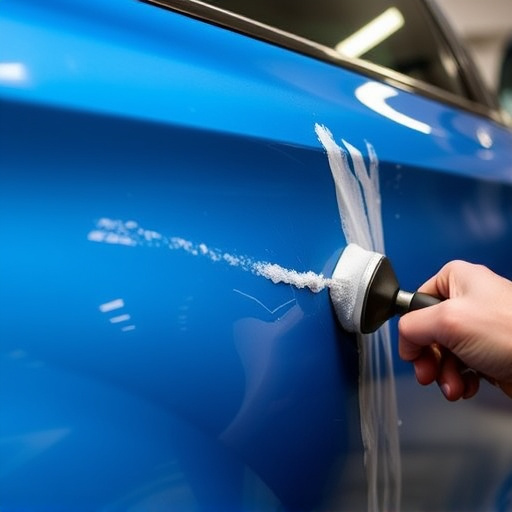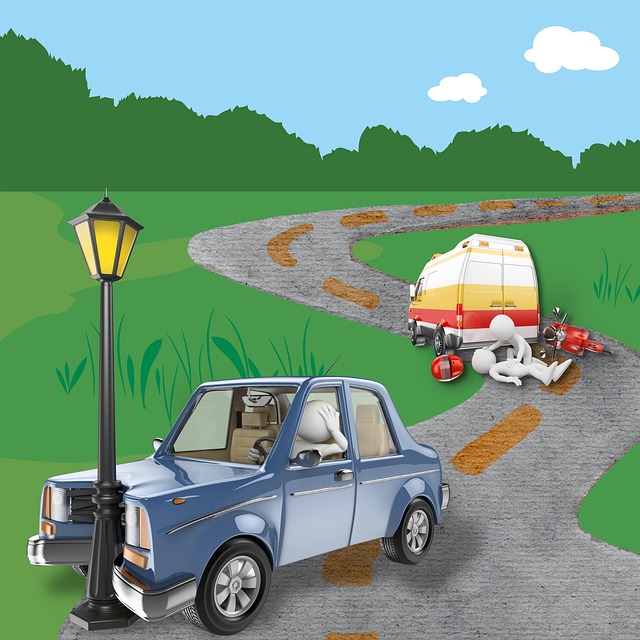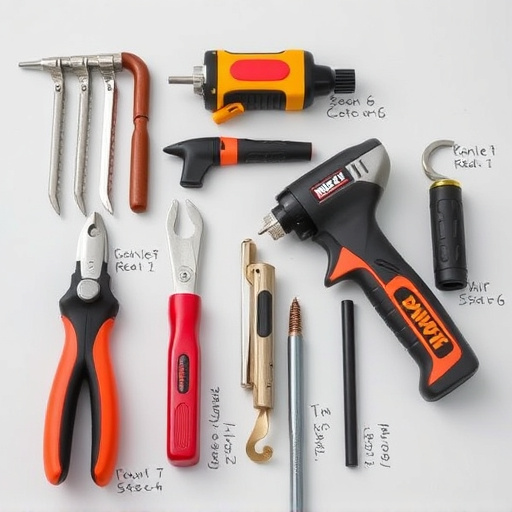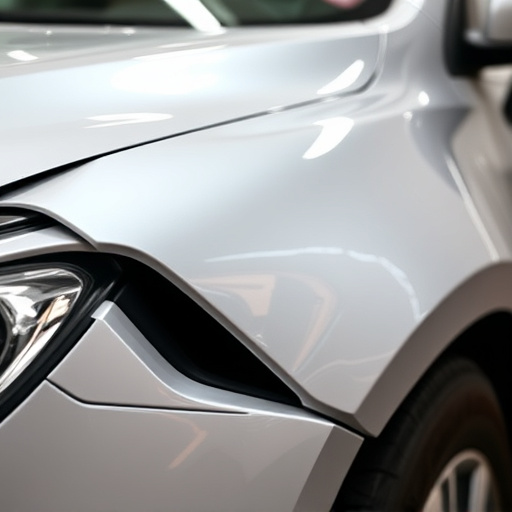Laser frame alignment is a cutting-edge collision repair technique using lasers to accurately identify and correct frame misalignments after damage. Specialized software processes data from laser scanners, calculating precise adjustments to restore original specifications. This not only ensures structural integrity but also facilitates flawless paint repairs, preventing future issues like rust or poor adhesion. By revolutionizing fender repairs and streamlining workflows, laser frame alignment delivers superior fit and finish, boosting customer satisfaction and workshop productivity. For optimal results, prepare a clean workspace, use calibrated equipment, carefully position sensors, and regularly double-check readings during the process.
Laser frame alignment is a crucial process ensuring precision and efficiency in various industries. Understanding this technology involves grasping how it accurately positions components, critical for assembly tasks. This article delves into the fundamentals of laser frame alignment, highlights its manifold benefits, and provides best practices for achieving optimal results. Mastering laser frame alignment is key to enhancing productivity and minimizing errors across diverse applications.
- Understanding Laser Frame Alignment: The Basics
- Benefits of Accurate Laser Frame Alignment
- Best Practices for Achieving Optimal Results with Laser Frame Alignment
Understanding Laser Frame Alignment: The Basics
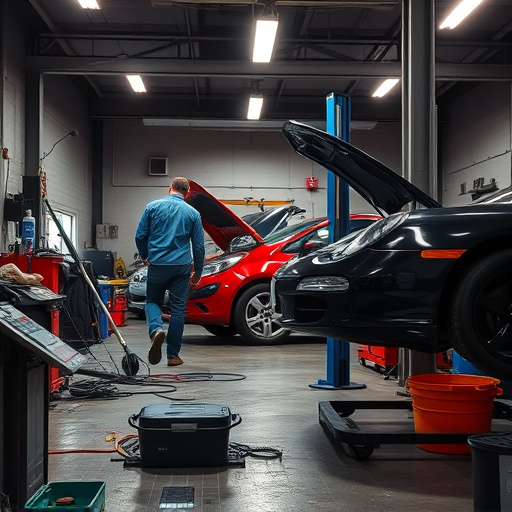
Laser frame alignment is a precision engineering technique that ensures all parts of a vehicle’s frame are correctly positioned and squared after a collision or damage. It involves using highly accurate laser scanners to measure and map the vehicle’s structure, identifying any misalignments or deformations caused by impact. This data is then fed into specialized software which calculates the precise adjustments needed to return the frame to its original specifications.
Proper frame alignment is crucial in vehicle collision repair and auto collision repair processes as it guarantees that the car’s structural integrity is fully restored. In vehicle paint repair, accurate alignment ensures an even and seamless finish, preventing future issues like rust or poor paint adhesion. By employing laser frame alignment, technicians can achieve precise results, ensuring safety, longevity, and aesthetic appeal of the repaired vehicle.
Benefits of Accurate Laser Frame Alignment
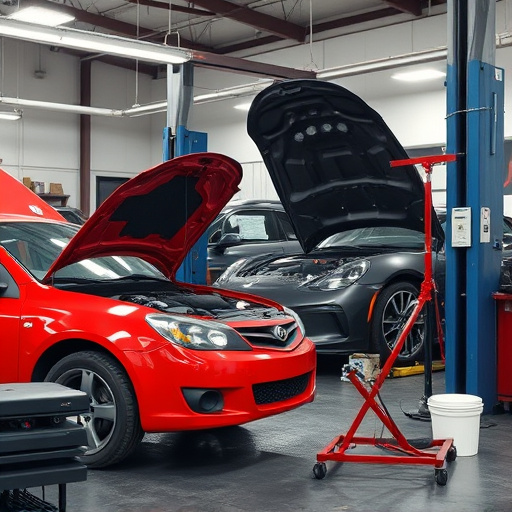
Accurate laser frame alignment is a game-changer for any collision repair center or car body restoration facility. By ensuring precise positioning and measurement, this technology revolutionizes the way fender repairs and other structural enhancements are carried out. It offers numerous benefits that contribute to more efficient and effective outcomes.
First and foremost, it minimizes errors and tolerances, leading to superior precision in all alignment processes. This results in better fit and finish during the repair or restoration, ensuring customer satisfaction. Moreover, laser frame alignment streamlines workflow by reducing manual measurements, saving time and labor costs while enhancing overall productivity in the workshop.
Best Practices for Achieving Optimal Results with Laser Frame Alignment
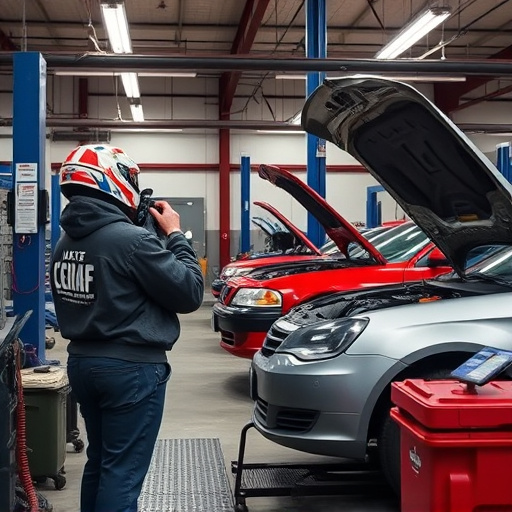
To achieve optimal results with laser frame alignment, best practices involve a meticulous approach starting from preparation. Ensure the workspace is clean and well-lit to minimize distractions. All components and tools required for the process should be readily available to avoid unnecessary delays. Using high-quality, calibrated equipment is paramount as it ensures precise measurements and adjustments. Before initiating the alignment, thoroughly inspect the vehicle’s frame for any signs of damage or distortion, addressing these issues before proceeding.
During the actual laser frame alignment procedure, follow strict protocol. Position sensors accurately to capture the vehicle’s exact dimensions and angles. Maintain a steady hand when operating the laser device to prevent inaccuracies. Regularly double-check readings and make adjustments as needed based on the data provided by the laser system. For instance, in vehicle restoration or car paint services, precise frame alignment is crucial for ensuring the new paint job sits evenly and seamlessly on the vehicle’s surface, enhancing aesthetics and longevity.
Laser frame alignment is a critical process that ensures precision and optimal results in various applications. By understanding the fundamentals and implementing best practices, professionals can harness the full potential of laser technology. Accurate frame alignment enhances productivity, reduces errors, and improves overall efficiency, making it an indispensable technique in modern manufacturing and engineering.
